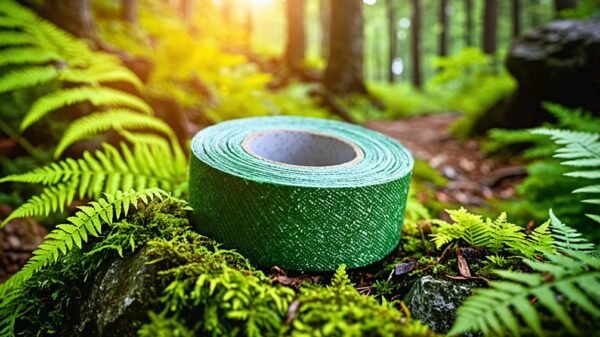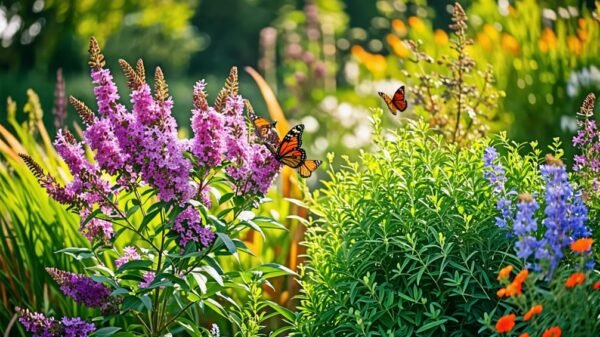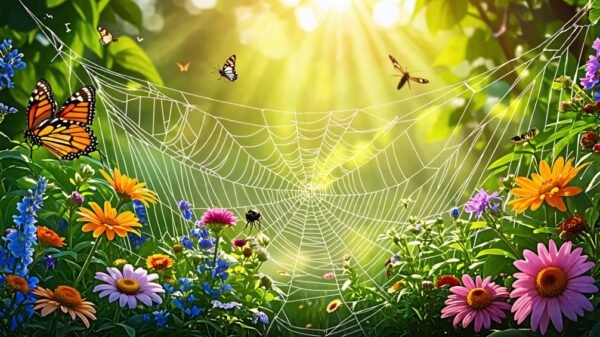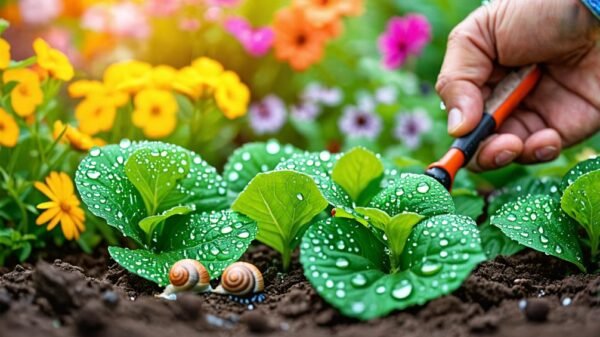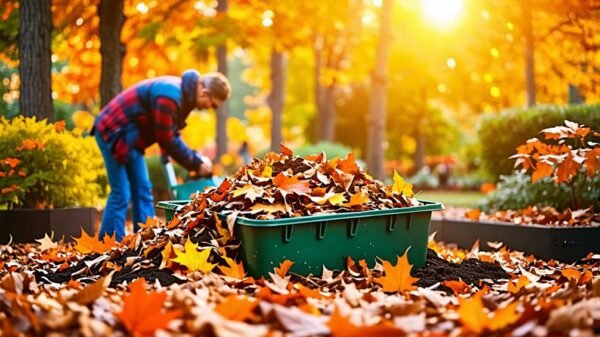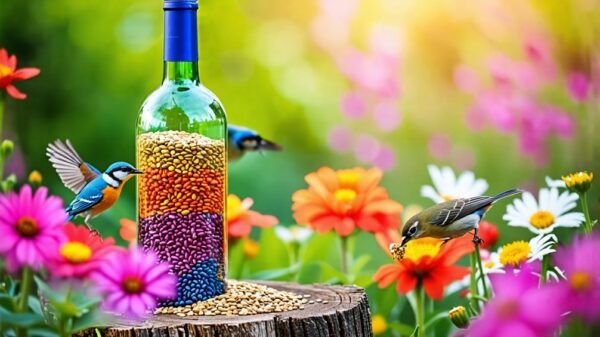Keep Pests Out of Your Garden with a Simple Newspaper Hack
Gardening is a rewarding pastime that allows one to connect with nature and enjoy fresh produce. However, it comes with challenges, primarily in the form of pests that can wreak havoc on your plants. Many gardeners seek effective, eco-friendly approaches to keep pesky critters at bay. A surprisingly simple household item offers a solution—newspapers! By utilizing the humble newspaper, you can create a protective barrier against common garden pests. Curious to know how? Let’s explore this innovative yet straightforward method!
How Newspapers Help in Pest Control
Everyone at one point has likely tossed away an old newspaper without considering its potential. In the garden, newspapers become a powerful tool against slugs, earwigs, and other unwelcome guests. These pests thrive in dark, damp conditions, and newspapers can provide just that—an attractive hiding spot for them.
To employ this technique effectively, simply roll up damp newspapers and position them around your garden beds in the evening. The earwigs, drawn to the dark and moisture, will crawl inside these makeshift shelters. In the morning, all you need to do is collect the newspapers filled with trapped pests and dispose of them far from your garden. Repeat this nightly, and within a short time, you’ll notice a noticeable drop in the earwig population.
Tricks for Targeting Slugs
Slugs are notorious for their insatiable appetite for tender young plants. Create a sanctuary for slugs with the newspapers, but in a way that favors you! Lay down sheets of damp newspaper over the soil around your plants. It’s like a cozy retreat for these slimy pests during the day when they’re most vulnerable to getting cooked by the sun.
By the next morning, simply lift the newspapers to find the slugs congregated underneath. Capture them and relocate them—perhaps to a neighbor’s garden! Additionally, using newspaper as mulch creates a barrier that makes it hard for slugs to slink their way to your plants, enhancing your plants’ resilience.
Encouraging Beneficial Insects
While it’s essential to evict harmful pests, it’s equally important to welcome the allies of your garden—the beneficial insects. Simply using newspaper as mulch can foster these helpful creatures. Various beetles, predatory mites, and even ground centipedes thrive in mulch, as it provides them shelter and a moist environment.
Ground beetles, for example, are effective pest hunters, preying on slugs and aphids. By offering favorable conditions with your newspaper mulch, you invite these beneficial insects to contribute to the balance of your garden’s ecosystem. Also, these insects help keep harmful pest populations in check naturally, reducing the need for chemical pesticides.
The Multitasking Wonders of Newspaper
Beyond pest control, newspapers can serve multiple gardening roles. Incorporating them into your landscape design has environmental benefits, too. As newspapers decompose, they enrich the soil with organic matter, enhancing retention of moisture. This means less watering is required, which is particularly beneficial during the dry months.
Moreover, layering newspapers as mulch is a fantastic way to suppress weed growth. Weeds compete for nutrients, sunlight, and water, diminishing the health of your plants. A layer of newspaper suffocates those pesky weeds, allowing your prized flowers and vegetables to flourish unchallenged.
An Eco-Friendly Approach to Gardening
In a world increasingly focused on sustainability, using newspapers for pest control offers an eco-friendly alternative to chemical pesticides. Not only does this method contribute to a healthier garden ecosystem, but it’s also cost-effective. You are recycling an item that would otherwise contribute to waste, turning it into a beneficial resource for your plants.
The beauty of this newspaper hack lies in its simplicity—a perfect solution for both novice and seasoned gardeners looking to embrace natural gardening techniques. So, the next time you drop off that old edition of the local newspaper, think twice. Your garden might just appreciate the thought!
By adopting this easy and environmentally conscious strategy, you’ll keep your plants safe from pests while building a thriving, sustainable garden ecosystem. Happy gardening!









